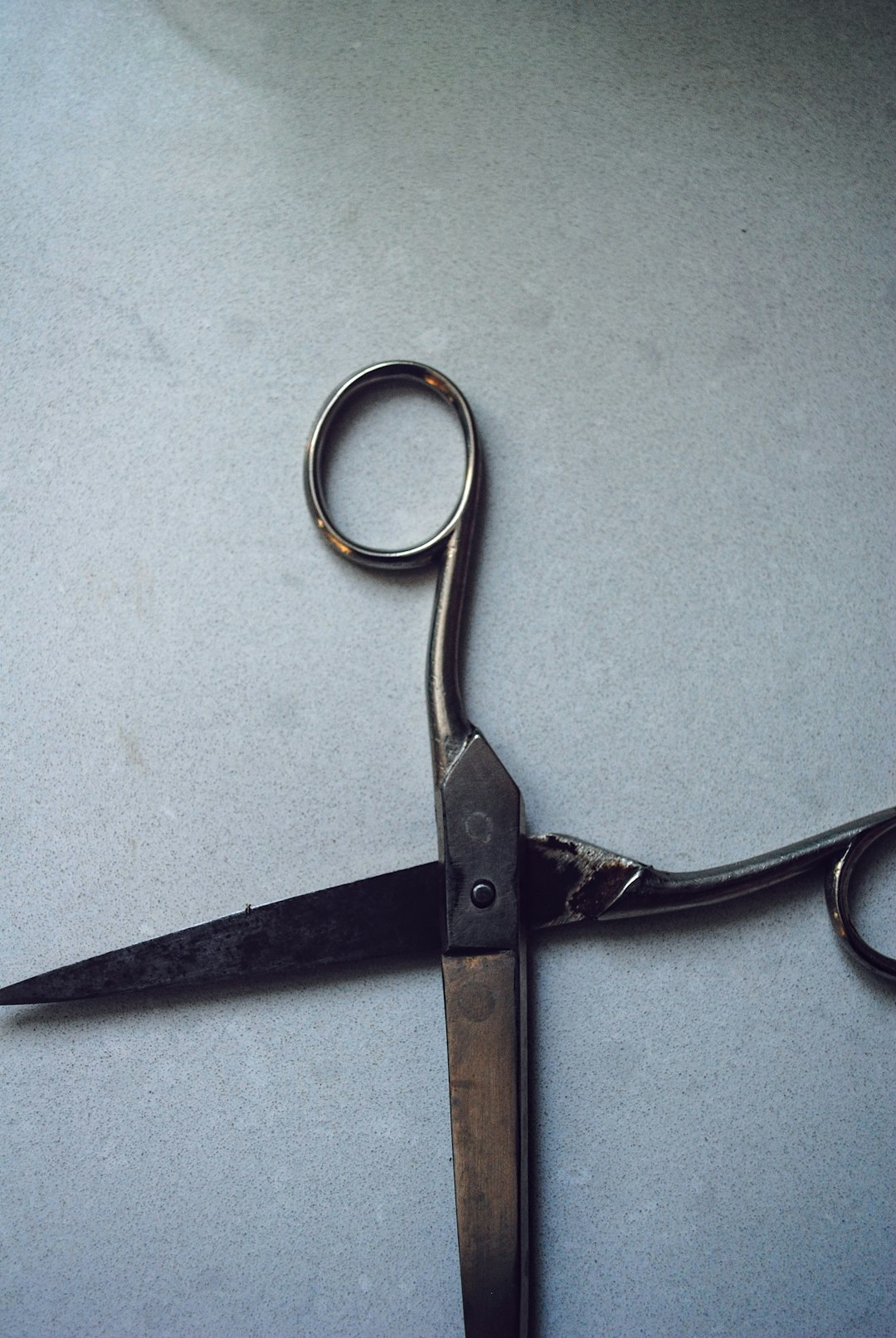Why DIY Sharpening Fails
Understand the damage caused by home sharpening kits and how to educate teams against risky shortcuts.

Common DIY tools & the damage they cause
| Tool | Impact |
|---|---|
| Nail files / sandpaper | Removes ride line, creates flat edges, voids warranty |
| Knife sharpeners | Grinds wrong angle, overheats steel, chips tips |
| Ceramic rods | Leaves uneven burrs and micro-chipping |
| Cheap clamp devices | Misaligns blades, chews up hollows |
Real risks
- Irreversible geometry changes: Professional sharpeners must remove more metal to fix damage.
- Heat damage: Overheating ruins temper and hardness.
- Warranty voiding: Manufacturers decline repairs if DIY attempts are evident.
- Client injury: Ragged edges snag hair or skin.
Educating teams & students
- Include a “no DIY sharpening” clause in salon SOPs and school syllabi.
- Demonstrate the difference using magnified edge images (healthy vs DIY damaged).
- Offer vetted sharpener contacts so stylists have a safe alternative.
- Track incidents—if someone attempts DIY, document and follow corrective action procedures.
Client communication
If a client mentions at-home sharpening kits, explain the risks and offer professional maintenance resources or referrals.
Alternative quick fixes
- Use finger inserts or tension adjustments to address minor issues temporarily.
- Schedule emergency sharpening rather than experimenting with home tools.
DIY shortcuts cost more in the long run—protect your investment by sticking to professional service partners.

